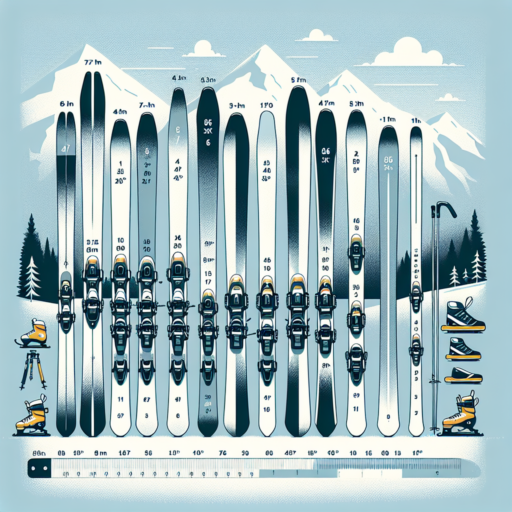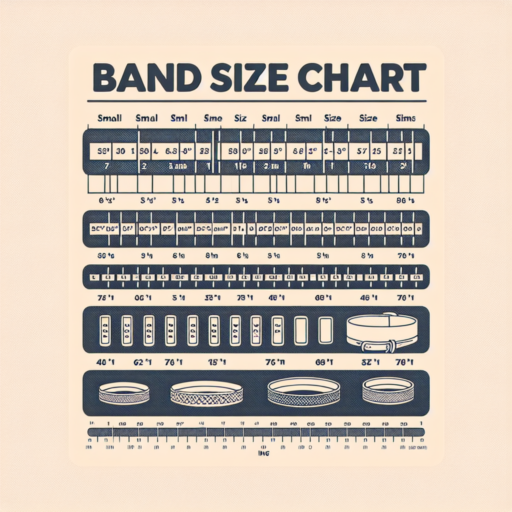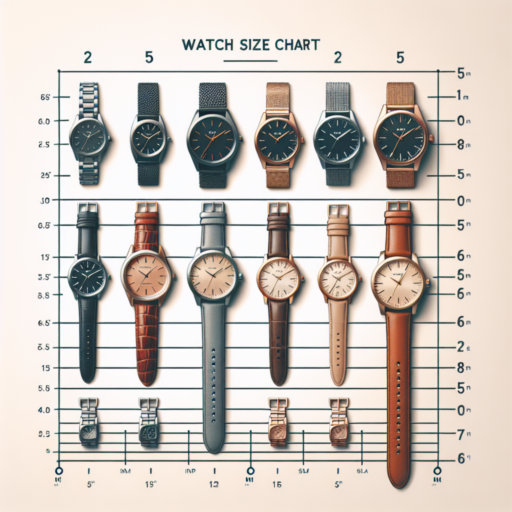Introduction to Nordic Ski Sizing
Finding the perfect fit for your Nordic skis is crucial for enhancing your skiing experience. Nordic ski sizing is distinct and meticulously tailored to match the skier’s weight, ability, and the type of Nordic skiing they plan to engage in. As Nordic skiing encompasses several styles, including classic, skate, and backcountry, understanding the basics of ski sizing becomes paramount for every enthusiast.
The principle behind Nordic ski sizing is to ensure the ski provides the right balance between glide and grip. For classic skiing, for instance, the skis need to be long enough to offer good glide when the skier’s weight is evenly distributed, yet short enough to grip when weight is transferred onto one ski. Skate skiing, however, demands shorter and stiffer skis for optimal power and stability. Backcountry skiing introduces another set of variables, where width and durability take precedence to navigate through untracked terrains.
It’s also imperative to consider the skier’s weight when determining the ideal ski length. Most Nordic ski manufacturers provide a sizing chart that correlates the skier’s weight to the recommended ski length. Heavier skiers typically require longer skis to ensure that the ski’s camber (the bow of the ski) is not overly compressed under weight, which impacts the ski’s ability to maintain proper grip and glide. Conversely, lighter individuals can opt for shorter skis, benefiting from enhanced maneuverability without compromising glide efficiency.
Understanding the Basics of Nordic Ski Sizes
Choosing the right size for your Nordic skis is crucial for optimal performance and comfort on the snow. This selection process can be puzzly for beginners and seasoned skiers alike, due to the various factors that influence the ideal ski length. Understanding the fundamentals of Nordic ski sizes paves the way for a more enjoyable and effective skiing experience.
Different types of Nordic skiing require distinct ski sizes. For classical skiing, the skier’s weight and height are the main determinants of ski length. Generally, classic skis should extend about 20 to 30 cm above the skier’s height for adults. However, for skate skiing, skis tend to be shorter for enhanced maneuverability and speed, ranging only 10 to 15 cm above the skier’s height. Factoring in the skier’s skill level can also adjust these recommendations, as more experienced skiers might opt for longer skis within these ranges for better glide and stability.
The importance of correctly sized skis cannot be overstated, particularly when considering the skiing style and terrain. For instance, skiing in groomed tracks versus off-track skiing could necessitate adjustments in ski size. The flex and camber of the skis also play a significant role in sizing. Skis with the right flex for the skier’s weight will ensure proper ski-to-snow contact, significantly influencing grip and glide. Beginners should seek advice from experienced professionals or reliable ski size charts to find the right size, considering these factors.
How to Use a Nordic Ski Sizing Chart
Utilizing a Nordic Ski Sizing Chart correctly is essential for both beginner and seasoned skiers. The importance of selecting the right ski size cannot be overstated; it directly impacts your stability, speed, and the overall skiing experience. A Nordic Ski Sizing Chart is your go-to guide for matching your body specifications with the perfect ski length, ensuring an optimal blend of comfort and performance on the ski trails.
Start by understanding your weight and height, as these are the primary metrics used within the chart. Ski sizing charts typically categorize options by these two dimensions to suggest the most suitable ski lengths. It’s critical to align your weight with the recommended ski length, as this ensures the skis provide the right amount of flex and support when gliding on snow. For those who are between sizes, considering skill level and skiing style can help make a more tailored choice. Beginners might opt for shorter skis for better control, whereas advanced skiers could prefer longer skis for speed and stability.
Nordic ski sizing charts also distinguish between classic and skate skiing styles. Each style requires different ski lengths for optimal performance. Classic skis tend to be longer, facilitating a gliding motion, while skate skis are typically shorter and designed for faster, lateral movements. It’s pivotal to identify your preferred skiing style before consulting the sizing chart to ensure the recommendations align with your skiing activities.
The Importance of Skier Weight in Nordic Ski Sizing
Understanding the influence of skier weight on Nordic ski sizing is imperative for both novice and experienced skiers alike. The correct ski size ensures optimal performance, enhances comfort, and significantly reduces the risk of injuries. Unlike traditional sizing methods that might focus solely on height, skier weight provides a more accurate basis for determining the appropriate ski length and flex, aligning the ski’s characteristics with the user’s physicality for a tailored skiing experience.
Skier weight directly affects the ski’s camber, or the arch formed by the ski when it is unweighted. A correctly sized ski based on the skier’s weight will have the right amount of camber to maintain contact with the snow during both the glide and kick phases. This balance is crucial in Nordic skiing, where efficient transfer of power and maintaining grip without sacrificing glide are keys to performance. Skiers outside the ideal weight range for their skis might find the skis either too stiff or too flexible, leading to difficulty in controlling and maneuvering them effectively on the snow.
Moreover, advancements in ski technology and the availability of sophisticated ski designs have made it more important to consider skier weight in the sizing process. Manufacturers now offer models designed to accommodate a wide range of weight classes, each engineered to deliver optimal flex, grip, and glide specific to those weights. This precision in design underscores the need for skiers to choose skis that are correctly matched to their weight, to fully benefit from the technological enhancements incorporated into modern Nordic skis.
Adjusting Ski Size for Different Nordic Skiing Styles
Choosing the right ski size is essential for optimizing performance and enjoyment in various Nordic skiing disciplines. The adjustment of ski size is pivotal for accommodating the distinct requirements each style demands. This consideration ensures not only a better match to the skier’s abilities but also enhances safety and control on the snow.
Classic versus Skate Skiing: Size Matters
When it comes to Classic Skiing, longer skis are typically favored for their ability to provide greater glide and stability. However, your body weight and skill level are crucial in determining the exact length. Conversely, Skate Skiing demands shorter, more maneuverable skis to facilitate the lateral movements characteristic of this style. The correct ski length in skate skiing dramatically affects balance and efficiency, tailoring the experience to the skier’s advantage.
Considerations for Backcountry Skiing
For those drawn to the allure of Backcountry Skiing, ski size adjustment becomes a fine balance between length for efficient travel over snow and compactness for maneuverability. Skiers need to account for the weight of a backpack, which may necessitate a slightly longer ski to support the additional load while still providing a satisfactory level of control in unpredictable terrains.
Ultimately, understanding the subtle nuances in ski sizing for each Nordic skiing style can significantly impact your performance and enjoyment of the sport. Whether you’re gliding through a well-groomed trail in the Classic style or venturing off-track in the backcountry, the pursuit of the perfect ski size is a journey worth taking.
Children’s Nordic Ski Sizing Guidelines
Finding the perfect pair of Nordic skis for your child involves understanding the right size that combines both safety and performance. Unlike selecting skis for adults, children’s ski sizing takes into consideration not only height and weight but also skill level and type of skiing. This ensures an optimal skiing experience that encourages skill development and instills a love for the sport.
Height and Weight Considerations
As a basic guideline, a child’s Nordic skis should reach anywhere from their chin to the top of their head when stood up vertically next to them. For beginners, shorter skis are advisable as they make balance and control easier, which is crucial for building confidence. As the child grows and improves, skis can extend closer to the top of the head for better glide and speed. Important to note, the child’s weight also influences the ski’s camber and flex, affecting the ski’s responsiveness and stability.
Skill Level and Ski Type
The child’s skill level impacts the size of the Nordic skis significantly. Beginners might benefit from shorter skis for easier maneuvering, while intermediate to advanced young skiers may require longer skis for improved performance in different terrains and speeds. Additionally, the type of Nordic skiing—whether classic or skate—also dictates the appropriate ski size. Classic skiing generally requires shorter skis for easier grip and maneuverability, whereas skate skiing skis are longer for better glide.
Choosing the right size of Nordic skis for children is a balance of many factors, including the child’s height, weight, skill level, and the type of skiing. By considering these aspects, parents and guardians can ensure their child enjoys a comfortable, fun, and safe skiing experience. Remember, it’s always beneficial to consult with a professional ski fitter or instructor who can provide personalized advice based on your child’s specifics.
Expert Tips for Choosing the Right Size of Nordic Skis
Choosing the right size of Nordic skis is paramount to ensuring a comfortable, efficient, and enjoyable skiing experience. This decision should be based on a combination of factors including the skier’s weight, height, skill level, and the specific type of Nordic skiing they plan to engage in. Understanding the nuances of each of these factors can make a significant difference in performance and comfort on the snow.
For classic Nordic skiing, a good rule of thumb is to select skis that are approximately 20 to 30 cm longer than the skier’s height. This additional length helps in gliding smoothly over the snow. However, for skiers who are more performance-oriented, opting for skis at the higher end of this range might provide better speed and stability. On the other hand, those new to the sport might benefit from skis on the shorter side for better control and maneuverability.
In contrast, skate skiing skis should be shorter for optimal performance. They typically range from 10 to 15 cm taller than the skier. This difference in size reflects the distinct technique used in skate skiing, which requires more power and a wider range of motion than classic skiing. The shorter skis make it easier to execute the side-to-side motion characteristic of this style. Keeping these guidelines in mind will help skiers of all levels choose the right size of Nordic skis, enhancing their overall experience on the trails.
Frequently Asked Questions About Nordic Ski Sizing
When it comes to choosing the right Nordic skis, one of the most common concerns is how to determine the correct size. This aspect is crucial for both comfort and performance on the snow. To help you navigate through this process, we’ve compiled a list of frequently asked questions about Nordic ski sizing.
How does my weight affect Nordic ski sizing? Your weight is a primary factor in determining the appropriate ski length. Nordic skis rely on a delicate balance between glide and grip. If a ski is too short for your weight, it will have too much grip and not enough glide. Conversely, a ski that is too long will make it difficult to achieve the necessary grip for effective propulsion.
Should my height influence the ski size I choose? While height can play a role in selecting recreational Nordic skis, it’s not as critical as your weight. For competitive skiers, the focus should always be on weight to ensure optimal performance. However, for beginners and recreational skiers, a rough estimate is to select skis that are about 20cm taller than your height for classic skis, and for skate skis, your height plus 10-15cm is a good starting point.
Can the type of Nordic skiing I plan to do affect my ski size? Yes, the choice between classic and skate skiing significantly influences the size of the skis you should choose. Classic skis are generally longer to provide stability and efficient glide over long distances, whereas skate skis are shorter and more maneuverable, designed for speed and quick direction changes. Understanding the differences between these styles is key to selecting the right size for your skiing experience.
No se han encontrado productos.
Top Mistakes to Avoid When Using a Nordic Ski Size Chart
When it comes to selecting the right Nordic skis, utilizing a ski size chart is a common starting point for beginners and seasoned skiers alike. However, there are a few pitfalls that can lead to an ill-fitted ski experience if not avoided. Understanding these common mistakes can help you make a more informed choice and enhance your skiing experience.
One of the primary mistakes is not considering the skier’s weight in addition to height. While height provides a baseline for ski size, weight significantly influences the ski’s ability to flex and maneuver on the snow. Skiers should ensure their weight is within the recommended range for the ski length suggested on the chart.
Another common error is disregarding the skill level. Most size charts categorize recommendations based on beginner, intermediate, and advanced skill levels. Advanced skiers may prefer longer skis for better stability and speed, whereas beginners might benefit from shorter skis that offer easier control and maneuverability. Selecting a ski size without factoring in skill level can hinder progress and enjoyment on the slopes.
Lastly, not considering the specific type of Nordic skiing can lead to a mismatch in ski size selection. Whether you are pursuing cross-country racing, touring, or backcountry skiing, each discipline has its unique demands on ski length and flexibility. Ignoring these specialized aspects can result in a less than optimal setup, affecting both performance and comfort.
Recommended Nordic Ski Sizing Charts for Beginners and Professionals
Finding the right size of Nordic skis is pivotal for both beginners and professionals alike. The correct ski length will ensure optimal performance, comfort, and efficiency on the snow. Nordic ski sizing charts serve as essential guides in selecting the appropriate ski length based on a skier’s weight, skill level, and skiing style. These charts are formulated by experts and take into account the nuanced differences between classical and skate skiing techniques, making them indispensable tools for all Nordic skiers.
The fundamental rule for beginners is to choose skis that provide stability and ease of control. For classical skiing, this typically means selecting skis that are about 20cm taller than the skier’s height. However, professionals aiming for speed and performance in skate skiing might opt for skiers closer to their own height to ensure maximum power transfer and agility. It’s important to consult up-to-date sizing charts provided by reputable ski manufacturers, as advancements in technology and design can influence the ideal ski size.
Aside from weight and skill level, other factors such as snow conditions and skier’s goals (e.g., competitive racing vs. recreational skiing) also play a critical role in determining the appropriate ski size. High-quality, well-fitting equipment can significantly enhance the skiing experience for both novices and seasoned athletes. Therefore, leveraging recommended Nordic ski sizing charts is a tried-and-tested starting point for embarking on or advancing your Nordic skiing journey.




